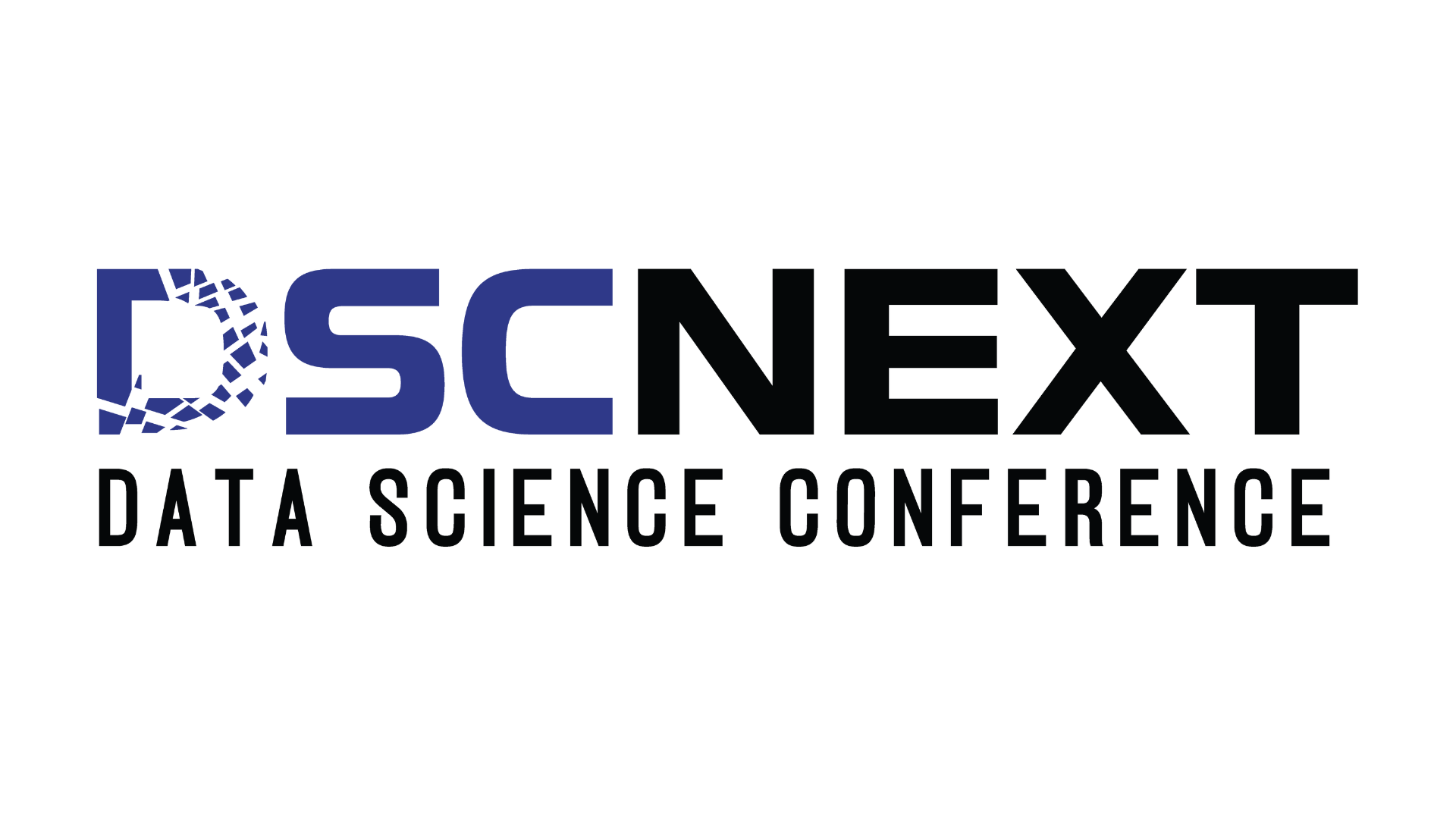
In an era of ever-evolving cyberattacks, traditional security measures alone are no longer sufficient. As threat actors grow more sophisticated, organizations are turning to Cybersecurity Threat Intelligence (CTI) powered by Big Data analytics to stay one step ahead. This modern defense strategy focuses on understanding attacker behavior and preemptively blocking malicious activity—before damage occurs.
How Big Data Analytics Transforms Cybersecurity
Proactive Threat Detection
Traditional tools often rely on static rules and post-breach analysis. Big data analytics, however, enables real-time ingestion and correlation of vast volumes of data—network logs, user activity, firewall events, and more. This allows organizations to identify threats at their inception, rather than reacting after the fact.
Key Components of Big Data-Driven CTI
Data Collection: Streams of information flow in from endpoints, cloud services, authentication systems, and threat feeds.
Normalization: Data from diverse sources is standardized for consistency and ease of analysis.
Pattern Detection: Machine learning models detect unusual patterns, such as rapid logins across continents or abnormal data transfers.
Threat Correlation: Connecting seemingly unrelated events helps uncover complex, multi-stage attacks.
Automated Response: Upon detection, systems can auto-block IPs, revoke credentials, or quarantine affected assets—preventing escalation.
Applications and Benefits
Predictive Threat Intelligence: By analyzing past incidents and emerging threats, organizations can forecast potential risks and plan mitigations.
Insider Threat Detection: Unusual user behavior—like accessing sensitive files at odd hours—can be flagged as suspicious.
Real-Time Monitoring: Instant alerts and automated responses reduce reaction time, minimizing harm.
Scalable Protection: From IoT networks to multi-cloud environments, big data scales seamlessly across ecosystems.
Integrating Threat Intelligence into Big Data Platforms
The real power of CTI lies in how it’s embedded into big data cybersecurity infrastructures, allowing for seamless end-to-end threat management.
Integration Process
1. Data Aggregation: Combines threat data from internal logs, external feeds, and even dark web sources to build a complete view.
2. Normalization & Deduplication: Ensures clean, uniform data for accurate analysis.
3. Advanced Analytics: Uses AI and machine learning to identify subtle threat patterns and correlate them with real-time events.
4. Security Tool Integration: Feeds intelligence into SIEM, SOAR, and firewall systems for unified defense.
5. Automated Response: Automatically triggers containment actions to neutralize threats before they spread.
Why It Matters Now
Cyberattacks are no longer isolated incidents—they’re continuous, coordinated, and highly targeted. Integrating big data and CTI helps organizations transition from reactive defense to predictive prevention.
Real-World Example: Containing Ransomware at Ascension Healthcare
In 2024, Ascension Healthcare, one of the largest U.S. health systems, was hit by a ransomware attacks linked to the Black Basta group, forcing ambulance diversions and system outages across multiple hospitals.
Had a comprehensive big data and threat intelligence framework been fully integrated:
Real-time monitoring could have flagged anomalous login behavior and lateral movement within the network.
External threat feeds could have immediately identified indicators of compromise (IOCs) associated with the ransomware group.
Automated containment protocols could have been triggered—isolating affected endpoints, revoking credentials, and alerting response teams within seconds.
This highlights how an optimized CTI and big data setup could have contained the threat before widespread disruption occurred.
Conclusion: Looking Ahead to DSC Next 2026
As we approach DSC Next 2026, the importance of combining threat intelligence with big data will be a key discussion point. With topics focusing on real-time data pipelines, AI-driven analytics, and cloud security at scale, cybersecurity professionals can expect to explore cutting-edge solutions shaping the future of digital defense. Organizations investing in these modern strategies will not only strengthen their cybersecurity posture but also build resilience in a rapidly shifting digital ecosystem.
References
1. PuppyGraph – Big Data in Cybersecurity
2. CrowdStrike – What Is Threat Intelligence?

